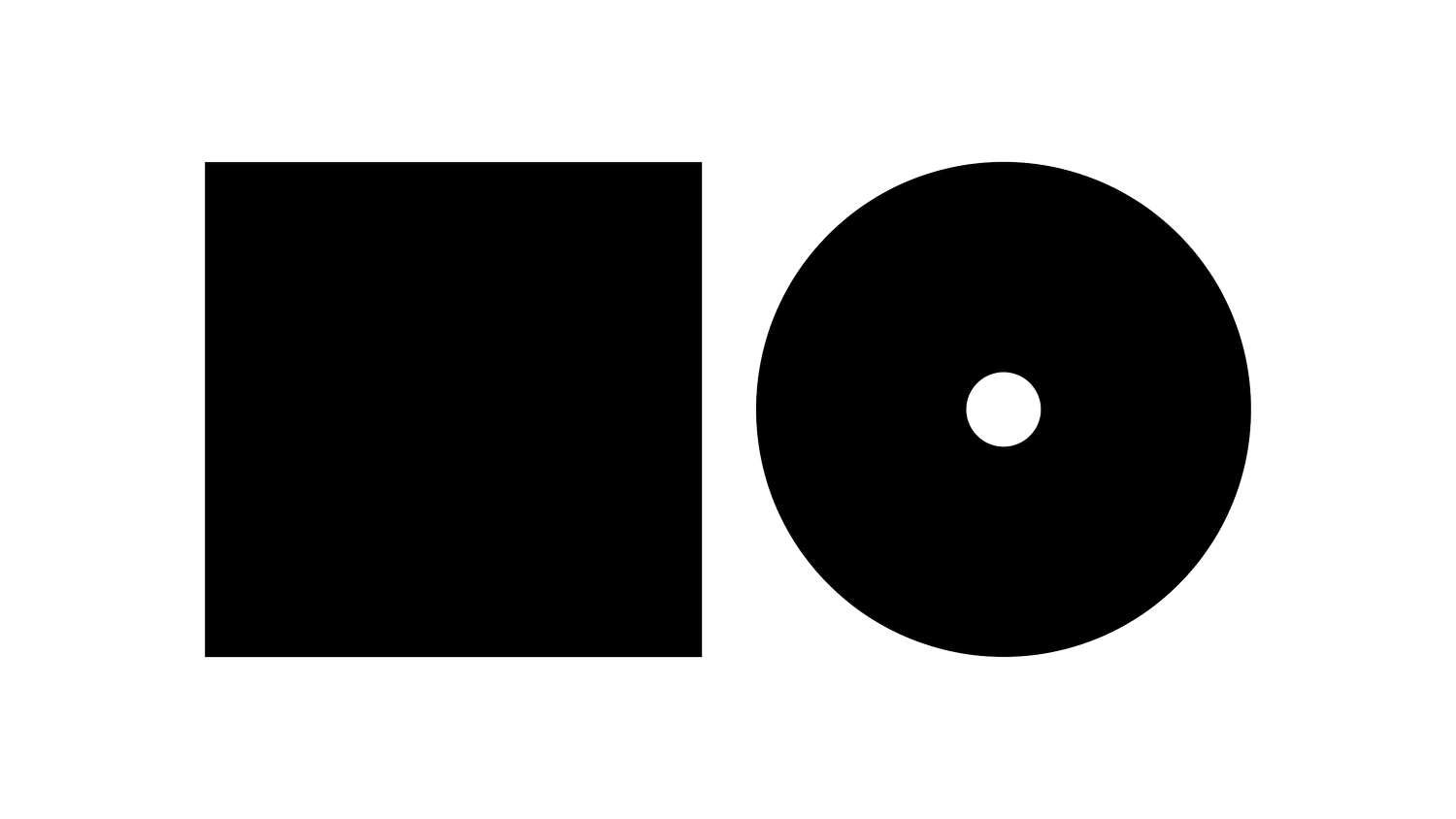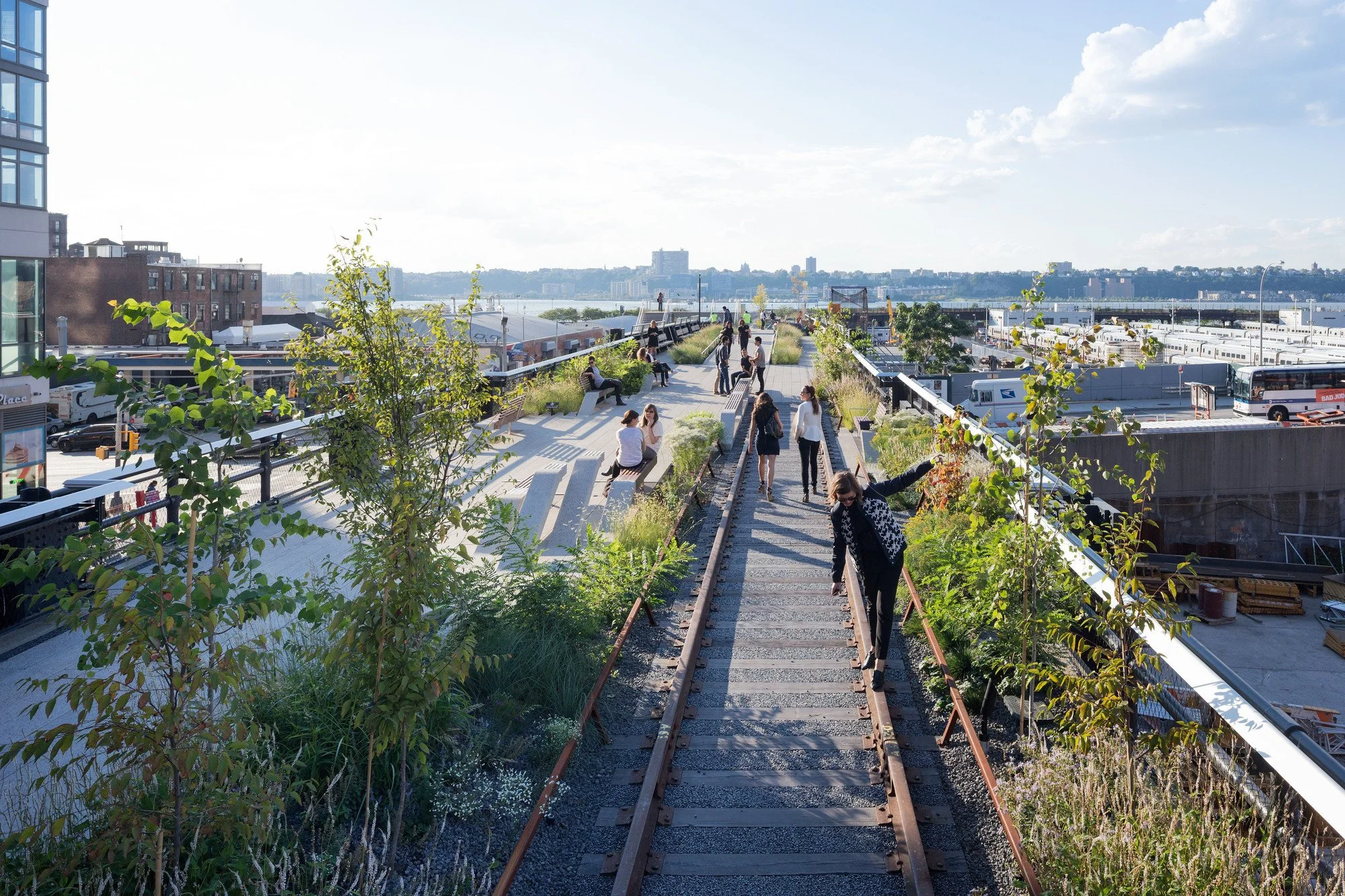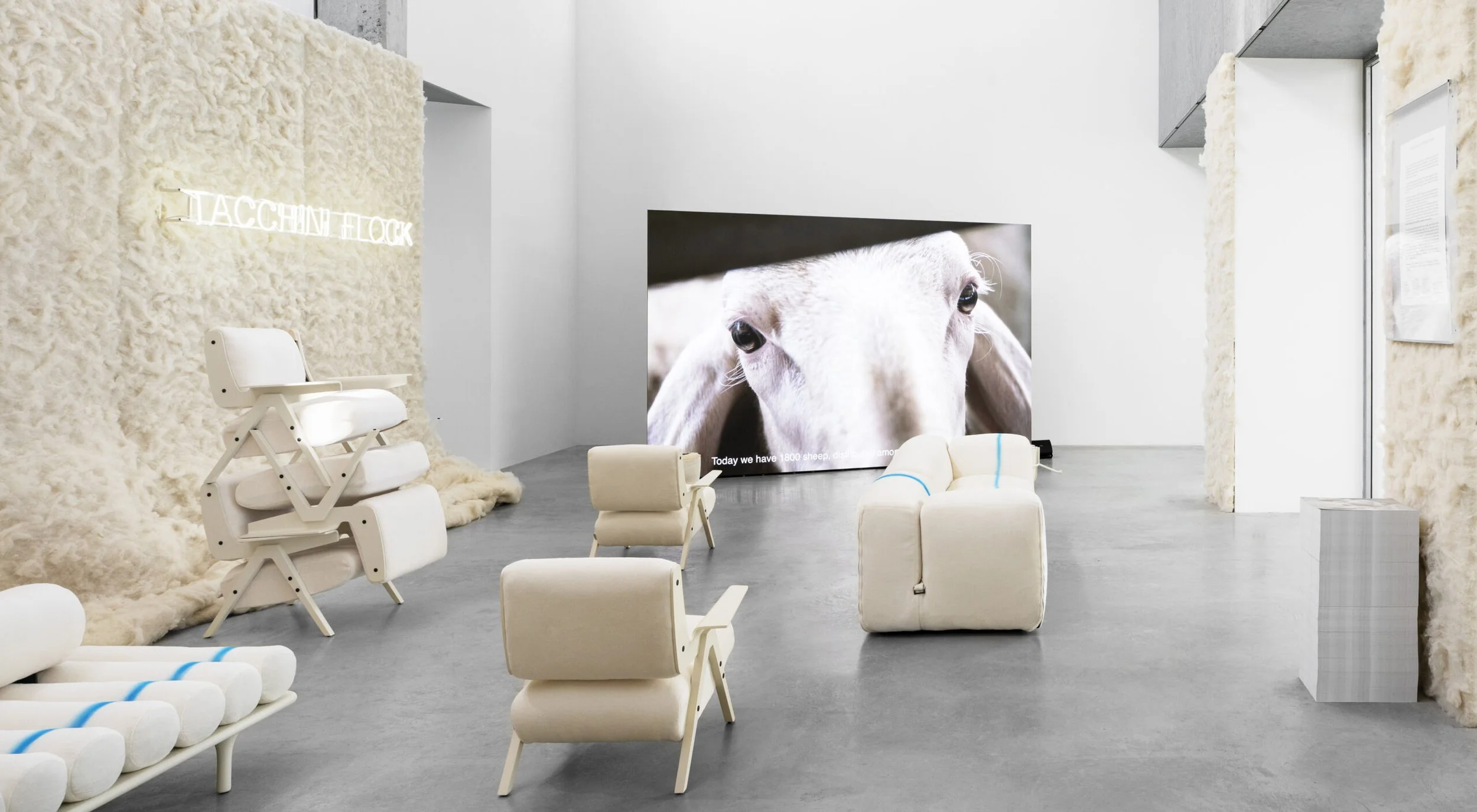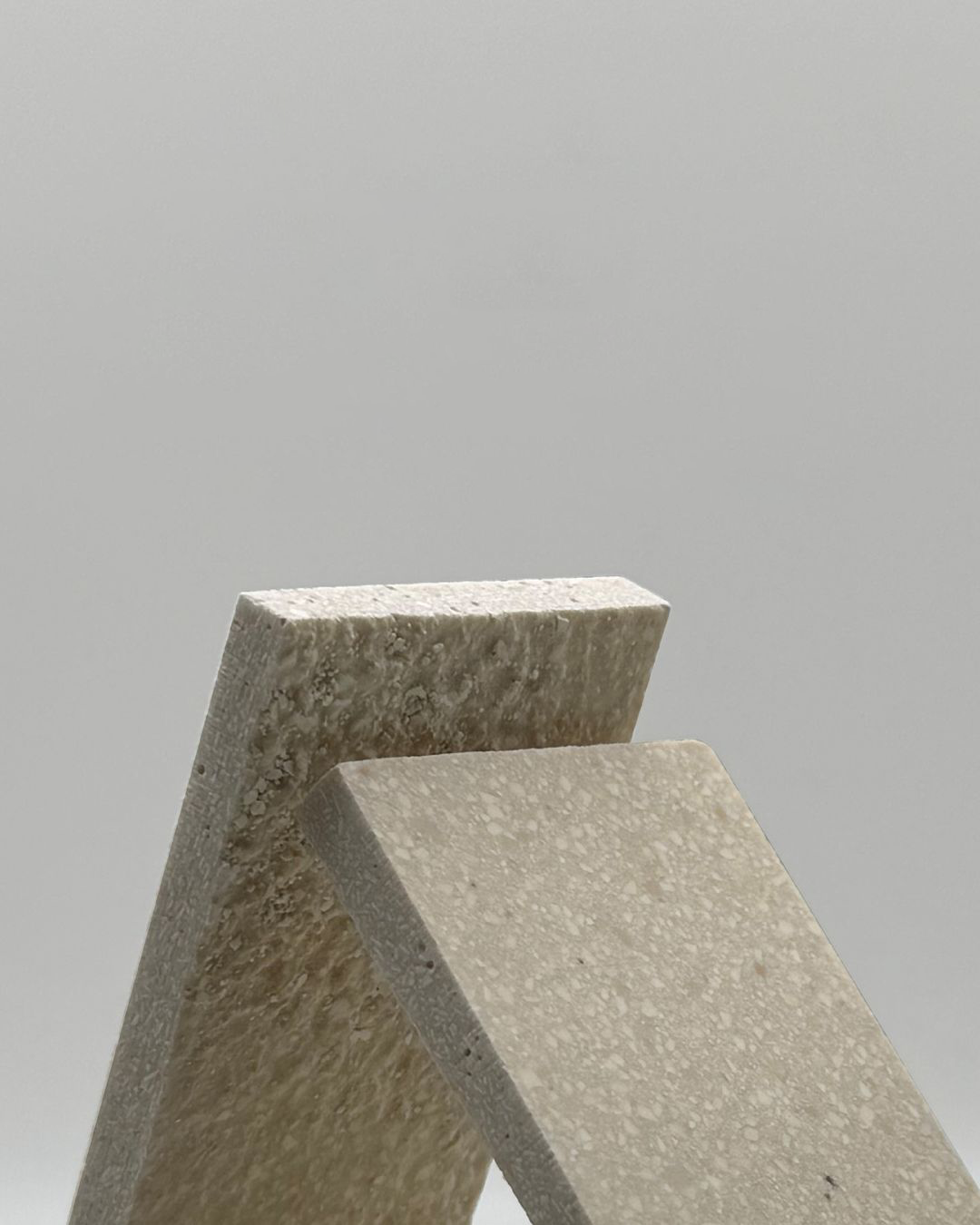P R O L E A R N
Regenerative Design is an approach that seeks to create systems that are not just sustainable, but that actively restore and renew the environment and communities. It goes beyond doing less harm to actively doing good, mimicking nature's ability to regenerate and evolve.
Key Principles
Net-Positive Impact: Aims to improve ecological health, human wellbeing, and social equity.
Systems Thinking: Considers the interconnectedness of human and natural systems.
Place-Based Solutions: Tailors designs to specific local ecological and social contexts.
Continuous Evolution: Designs for adaptability and ongoing improvement over time.
Benefits
Environmental Restoration: Regenerative projects can actively improve biodiversity and ecosystem health.
Enhanced Resilience: Systems designed regeneratively are often more adaptable to environmental changes.
Social and Economic Value: Can create new opportunities for community development and green economies.
Challenges and Considerations
Complexity: Requires understanding and integrating multiple complex systems.
Measurement: Defining and quantifying "net-positive" impacts can be challenging.
Paradigm Shift: Requires a fundamental change in how we approach design and development.
Innovative Applications
Living Buildings: Structures that generate more energy than they use and process their own waste.
Urban Agriculture: Integrating food production into city landscapes to improve food security and reduce carbon footprint.
Circular Economy Products: Designing products that not only avoid waste but contribute positively to material cycles.
Future Outlook
As climate change impacts intensify, regenerative design is likely to become increasingly crucial. We can expect to see more integration of regenerative principles in building codes, urban planning policies, and product development strategies.
Call to Action:
Evaluate your current projects for opportunities to incorporate regenerative design principles. Consider how you can move beyond sustainability to create designs that actively restore and revitalise ecosystems and communities.










